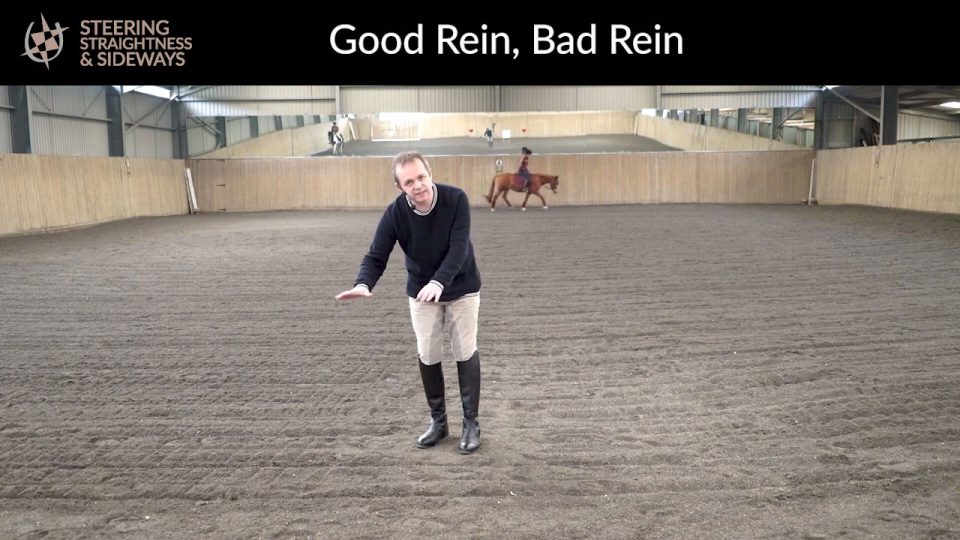
THE HALF HALT IN DRESSAGE
September 8, 2016
HOLLOW HORSE
November 6, 2016IS HEELS DOWN SQUASHING YOUR HORSE?
Getting your heels down seems to be the be all and end all of some training. It can be heard bounding off riding arena walls all across the world. It’s as if you can’t be a good rider if your heels are not down. However, for dressage, putting your heels down to the detriment of all else can be bad for your position. It can also effect the way the horse works across his back. It is incredibly easy to obey the instruction of pushing heels more down, just stick your leg far enough forward and voila – heels are down.
Getting the heel down is done by going toes up and closing the angle between the shin and the top of your foot. For some people, heels down when the leg is in the right place may never happen, or may take a while. It all depends on the rider’s suppleness and physiology.
Getting the heel down is done by going toes up and closing the angle between the shin and the top of your foot. For some people, heels down when the leg is in the right place may never happen, or may take a while. It all depends on the rider’s suppleness and physiology.

HOW CAN HEELS DOWN BE BAD?
Have a look at the picture above. On the left side the rider has her heel down but the lower leg has swung forward. This has caused the knee to come up and all of the weight is then down in the back of the rider’s seat squashing the horse’s back. Newton’s 3rd law – each action has an equal and opposite reaction. You push your heel down into the stirrup and something has to come up… usually what happens is that the leg swings forward on the pendulum of the stirrup and it pushes the seat further back in the saddle.
Look at the picture on the right. Notice how in the same phase the rider has the lower leg more underneath them. The weight is more down into the thigh/knee and there is much less weight in the back of the seat. The horse can now have a chance at working more over it’s back without the rider’s weight squashing it.
In this rider’s case, this was the 2nd training session she had, and the first time we did any work in rising trot. We significantly changed this rider’s position, weight distribution and the effect on her horse. That her heel is up is a minor consideration to me, and something that will be worked on over time. Riding is so much much more than heels down…
Look at the picture on the right. Notice how in the same phase the rider has the lower leg more underneath them. The weight is more down into the thigh/knee and there is much less weight in the back of the seat. The horse can now have a chance at working more over it’s back without the rider’s weight squashing it.
In this rider’s case, this was the 2nd training session she had, and the first time we did any work in rising trot. We significantly changed this rider’s position, weight distribution and the effect on her horse. That her heel is up is a minor consideration to me, and something that will be worked on over time. Riding is so much much more than heels down…

Watch Sarah & Pablo progress in the Retraining of Horse & Rider series
Pablo and Sarah are part of the Retraining of Horse & Rider series. You can get access to their sessions by joining our membership site where you will find tonnes of training videos all working from the same Ride With Your Mind training ethos. You won’t find conflicting advice, but instead a clear training system.
Check out our membership site where each month you get hours and hours of video. You also get to join in live streamed lessons, watch the HD recordings, chat with us and even join us as we train our horses with commentary. Click the link to sign up below.
Check out our membership site where each month you get hours and hours of video. You also get to join in live streamed lessons, watch the HD recordings, chat with us and even join us as we train our horses with commentary. Click the link to sign up below.

WHAT MAKES OUR MEMBERSHIP DIFFERENT?
Dressage Training TV breaks down the skill of riding into bitesize chunks. We use rider biomechanics to explain the interaction between horse and rider. We use specific language which dismisses the mystique of dressage, and shows you how things work – logically and clearly. During training we do not limit ourselves to riding to solve our horsey problems. You also learn groundwork, horse massage, rider fitness and much more.






